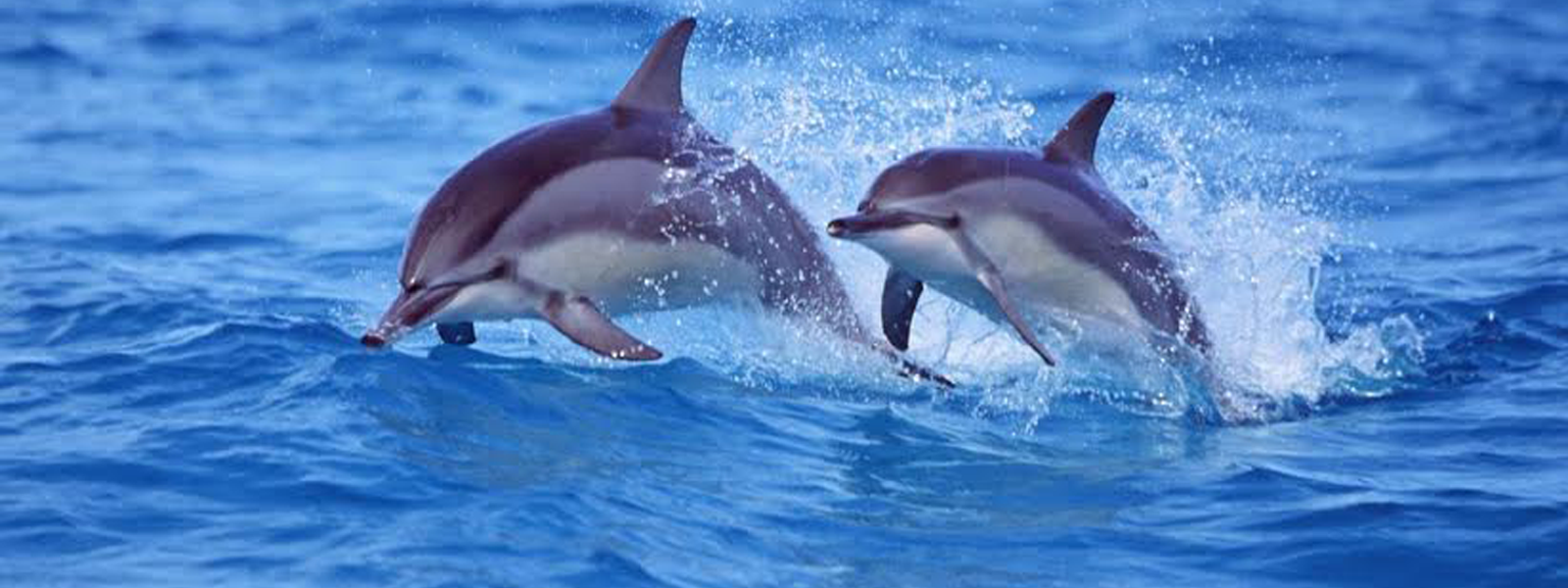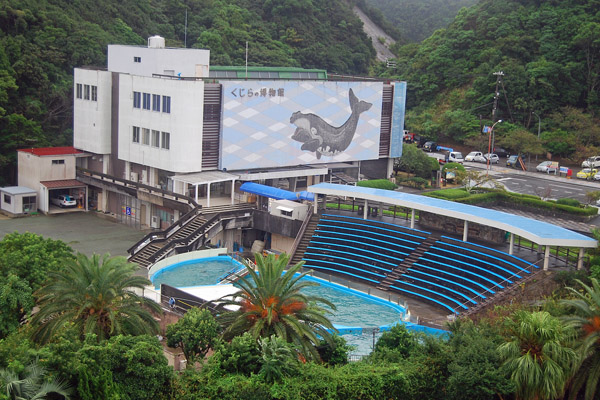

On Friday, Sept. 4th, the Taiji Whale Museum told the Japan Association of Zoos and Aquariums (JAZA) that it would no longer be a member of the Association. The reason? The Taiji Whale Museum is the foremost broker for wild dolphins caught in the notorious Taiji dolphin drive hunts.
Earth Island Institute’s Save Japan Dolphins Campaign is calling upon Japanese organizations to blacklist the Taiji Whale Museum and encourage Japanese citizens not to attend the facility. They are no longer certified by JAZA or the World Association of Zoos and Aquariums (WAZA) of which JAZA is a member, of being in compliance with accepted standards for zoos and aquariums all over the world.
WAZA has long had an ethical policy against sourcing dolphins and whales from the Taiji drive hunts. This past spring, following a ten year campaign by Earth Island's Save Japan Dolphins Campaign, WAZA began enforcement action against JAZA for not being in compliance with the ethical standard. JAZA, through a vote of its members, agreed to remain members of WAZA and cease the capture of dolphins and whales during the drive hunts.
The Taiji Whale Museum is the first facility in Japan to drop out of JAZA for the sole purpose of continuing the lucrative catching, training, and selling of live dolphins on the world market. Trained captive dolphins, torn from their families while their families are butchered, have been sold from Taiji for sums as high as $155,000 each.
According to The Japan Times, Tetsuo Kirihata, deputy chief of the museum, stated: “We maintain our position that (the drive hunts) are conducted appropriately.” It is not surprising that the Taiji Whale Museum supports the bloody hunts – what is surprising is how long it has taken the world’s zoos and aquariums to acknowledge such scofflaws exist among their members and have been tolerated.
This reducing of dolphins and whales to commodities for sale, along with the abject cruelty of the dolphin hunts, places the Taiji Whale Museum in the forefront of animal traffickers that work outside of any ethical constraints or concerns for the animals.
According to our colleagues with the Elsa Nature Conservancy of Japan, there are more than 100 facilities in Japan that have captive dolphins. Some are major aquariums like SeaWorld; others are small facilities with netted pens in harbors or swimming pools where tourists can interact and swim with captive dolphins. About 40 aquariums are members of JAZA.
We need to establish a universal blacklist of aquariums that traffic in wild captive dolphins and whales, starting with the Taiji Whale Museum. Many of the live dolphins from the hunts are exported from Japan to aquariums in China, Russia, and the Middle East. These aquariums, too, that are not under the umbrella of WAZA and not adhering to prevailing standards of ethics for zoos and aquariums, should be added to the blacklist.
Of course, the most important point is to let the public know about the blacklist of aquariums that traffic in pain and blood and what it means to visit such facilities. In Japan, the government controls the media closely on these mattes, so ways must be found around that block.
Finally, it must be recognized that even the best of aquariums cannot replicate the complex and rich social and natural environment of dolphins and whales in small tanks. These beings, whether captured in the wild or bred in captivity, do not belong in captivity.
Not all captives can be released back into the wild, but we should end the captures and the breeding to make this the last generation of dolphins and whales kept in captivity.
Help our Save Japan Dolphins Campaign with a donation today!
